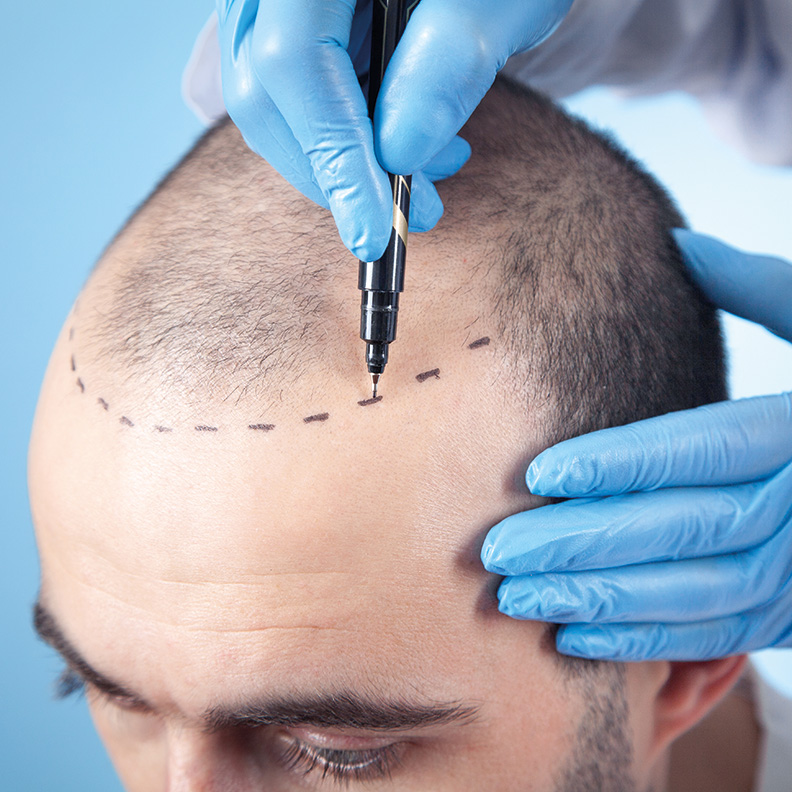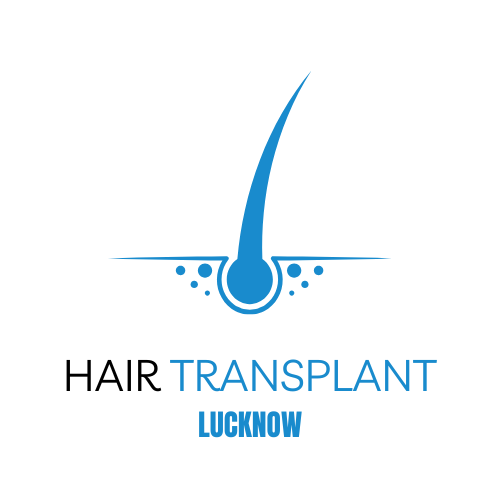Hair loss can be distressing, and many individuals turn to hair transplants as a solution. However, concerns about safety often arise.
Today, we will explore is hair transplant safe, debunk common myths, and discuss how to ensure a secure procedure for achieving natural-looking hair.

Understanding Hair Transplant Safety
Hair transplants have evolved significantly over the years, making them a more effective and widely accepted solution for hair loss. With advancements in medical technology, modern procedures offer natural-looking results with minimal downtime.
Understanding the science behind the process, potential risks, and necessary precautions can help individuals make an informed decision about undergoing the procedure.
Hair transplantation is a medical procedure that involves relocating hair follicles from one part of the body (typically the back of the scalp) to areas experiencing baldness or thinning. It is performed using two main techniques:
- Follicular Unit Transplantation (FUT) – A strip of scalp is removed, and individual follicular units are transplanted.
- Follicular Unit Extraction (FUE) – Individual follicles are extracted and implanted without a strip removal.
Both methods are considered safe when performed by a skilled professional. However, understanding the risks and necessary precautions is crucial.
Common Myths and Their Reality
Myth 1: Hair Transplants Are Painful
Reality: Local anesthesia is used during the procedure, minimizing pain. Patients may experience mild discomfort post-surgery, but it is manageable with prescribed pain relievers.
Myth 2: Hair Transplants Cause Severe Side Effects
Reality: Side effects like swelling, redness, and mild scabbing are temporary and subside within a few days. Severe complications are rare when performed by an experienced surgeon.
Myth 3: Hair Transplants Don’t Look Natural
Reality: Modern techniques ensure a natural-looking hairline and seamless blending with existing hair. The success depends on proper planning and surgeon expertise.
Myth 4: Hair Transplants Are Only for Men
Reality: While men commonly undergo the procedure, women experiencing hair thinning or pattern baldness can also benefit from hair transplants.
Myth 5: The Results Are Instant
Reality: Transplanted hair sheds within a few weeks before new growth begins. Full results appear in six to twelve months, requiring patience and proper care.

How Hair Transplants Work and Their Safety Measures
Hair transplants are a surgical procedure designed to restore hair growth by moving healthy hair follicles from one part of the scalp (usually the back or sides) to areas experiencing thinning or baldness. The process involves two primary methods:
- Follicular Unit Transplantation (FUT): A strip of skin containing hair follicles is removed from the donor area, dissected into individual grafts, and implanted in the recipient area.
- Follicular Unit Extraction (FUE): Individual follicles are directly extracted from the donor area using a specialized tool and transplanted into thinning areas, minimizing visible scarring.
How Hair Transplants Are Safe and Secure
Modern hair transplant techniques prioritize patient safety and long-term effectiveness. Here’s why they are considered safe:
- Minimally Invasive Procedures: FUE and FUT are performed using precision instruments that reduce trauma to the scalp and ensure a smooth healing process.
- Use of Local Anesthesia: Patients remain awake but experience no pain during the procedure, reducing risks associated with general anesthesia.
- Strict Sterilization Protocols: Reputable clinics follow stringent hygiene measures to prevent infections and ensure a safe surgical environment.
- Advanced Healing Techniques: Post-procedure care includes medications and special shampoos to promote healing and minimize discomfort.
- Highly Experienced Surgeons: The surgeon’s expertise significantly impacts the procedure’s success, ensuring natural results with minimal complications.
By selecting a qualified professional and following post-operative guidelines, hair transplants remain one of the safest and most effective solutions for hair restoration.
A Better Way to Get Fuller Hair
While hair transplants are effective, some individuals may explore alternative treatments, such as:
- Platelet-Rich Plasma (PRP) Therapy – Stimulates hair growth using the patient’s own blood components.
- Medications like Minoxidil and Finasteride – Help slow hair loss and promote regrowth.
- Laser Therapy – Enhances follicle stimulation for improved hair density.
- Scalp Micropigmentation – A cosmetic solution for those who prefer a non-surgical approach.

Frequently Asked Questions
Is a hair transplant permanent?
Yes, transplanted hair is permanent, but surrounding natural hair may continue thinning, requiring maintenance treatments or lifestyle adjustments.
Are there age restrictions for hair transplants?
Most surgeons recommend waiting until at least 25 years old to ensure a stable hair loss pattern.
How long does recovery take?
Initial healing takes about 7-10 days, but full hair growth results appear in 6-12 months.
Can I wash my hair after a transplant?
Yes, but only after 48 hours using a gentle shampoo as per the surgeon’s instructions.
Will my new hair require special care?
No, transplanted hair grows naturally, and regular hair care routines can be followed.
Hair transplants, when performed correctly, are a safe and effective solution for hair loss. Proper research, realistic expectations, and choosing a skilled professional ensure the best possible results.
